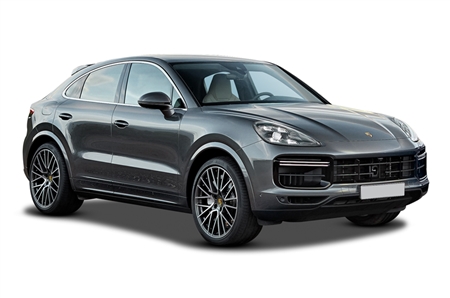
What is an Electric Car? Electric powered cars work on the same principles as gas powered vehicles by plugging their propulsion power to a pre-existing power source such as a utility grid or a public power grid. They store the energy in recharged batteries so they can operate normally.
Electric vehicles accelerate much faster than conventional vehicles with standard fuel engines. Electric powered cars use electric motors to propel themselves rather than an internal combustion engine. The process is similar to how an aircraft pushes the air into its air flow and then pushes it out again. Electric cars therefore need less fuel to reach the destination; they also consume less gas per gallon.
An Electric Vehicle uses one of two methods to charge its batteries. One method is called DC to AC conversion (also known as DC to ignition) which is very similar to how an internal combustion engine charges its engine. The other method is called regenerative braking and it works much like your automobile’s own battery. In this system, your electric vehicle’s batteries are charged when you take action to slow down the vehicle. The regenerative braking systems can store the excess electricity produced by braking and convert it into usable AC electricity.


